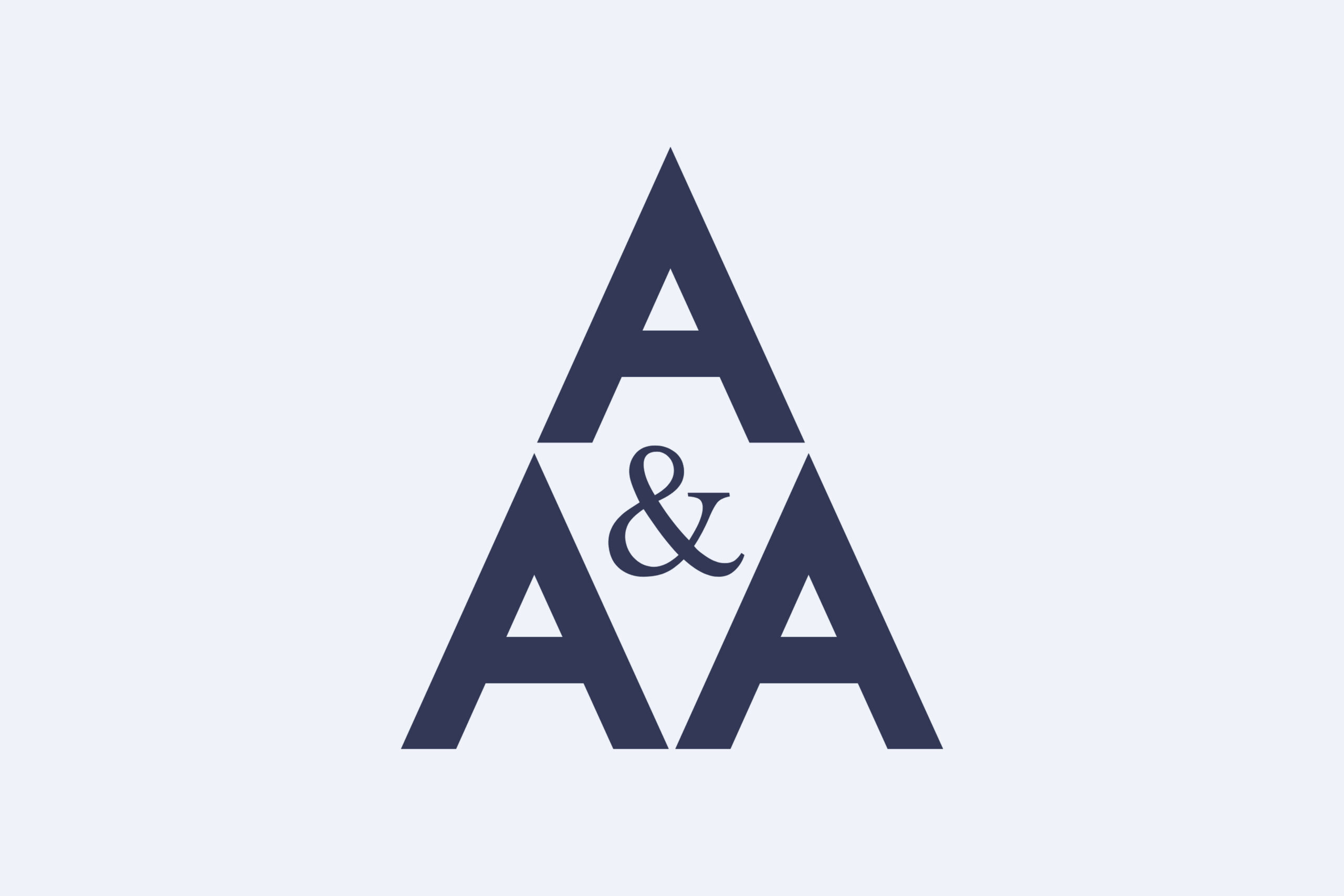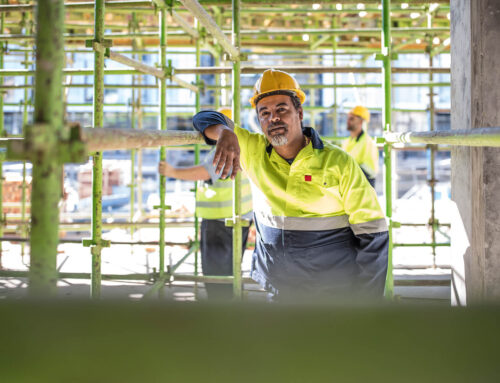When you are injured while working at a construction site, it is very possible that there were multiple different entities working on that site. There may have been multiple different subcontractors in addition to a general contractor. One of the keys to achieving a successful result in your case, then, is to be sure that you have identified and named in your lawsuit an entity or entities from which the law says you can recover compensation. This process of selecting the parties you’ll sue may seem like an obvious matter but it can be an intricate choice, and making a mistake can potentially jeopardize your ability to get the compensation you need. To make sure that you have the advice and counsel you need at every step of the process, be sure you have legal representation from a skilled New York City construction injury attorney.
D.W. was an employee of a subcontractor on a project who was responsible for setting a scaffold when he was injured. As D.W. set up the scaffold, a tire rim fell from a roof several stories above him and struck him on the head. A different subcontractor had placed the rim on the roof to hold up a safety warning barrier that warned workers they were near the roof’s edge.
In D.W.’s case, he sued the roofing subcontractor. The roofing subcontractor argued to the court that it could not be liable for D.W.’s injuries because the man was employed by a different subcontractor and the roofing subcontractor held no authority over the area where D.W. was injured and had no authority over D.W.’s work. Nevertheless, D.W. was still allowed to go ahead with his lawsuit. The essential fact was not where D.W. was injured (which was on the ground). The essential fact was what brought about the injury, which was the roofing subcontractor’s placement of the rim on the roof (which was an area under the control of the roofing subcontractor) “in furtherance of” the roofing subcontractor’s work activities. The facts in D.W.’s case were undisputed that the roofing subcontractor owned the rim and that each subcontractor was responsible for making sure that it secured its work equipment and materials.
When you have a falling object injury case like D.W.’s, you may be entitled to seek summary judgment. Summary judgment means that the judge has decided that the pleading papers each side filed with the court alone are enough to establish conclusively that the defense was liable for the injured worker’s harm. Getting a summary judgment can be very helpful because it allows you to obtain a judgment of liability without having to go through the challenges of a full trial on liability and, instead, proceed directly proving your damages.
D.W. was entitled to summary judgment because he had proof that he was injured as a result of an “elevation-related hazard,” which, in this case, was the hazard of a falling tire rim. He also had proof that the rim required securing, that adequate safety measures were not in place to secure the rim and, as a result, D.W. was hit and harmed. That was enough to show that the roofing subcontractor was liable.
If you have been hurt at your construction job, you may be entitled to compensation. Contact the New York City construction injury attorneys at Arcia & Associates. Our team has many years of experience helping injured workers seek the recovery they need.
Contact us at 718-424-2222 to find out how we can help you.
More Blog Posts:
What New York State Safety Regulations Can I Use as the Basis for Pursuing a Construction Injury Lawsuit?, Blog de Abogado en la Ciudad de Nueva York, 1 de Octubre de 2018
Construction Debris Leads to a Successful Outcome For a New York Carpenter Pursuing a Construction Injury Case, Blog de Abogado en la Ciudad de Nueva York, 15 de Agosto de 2018











